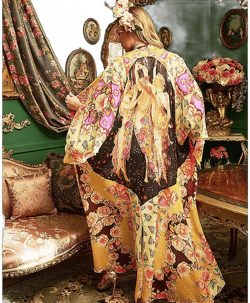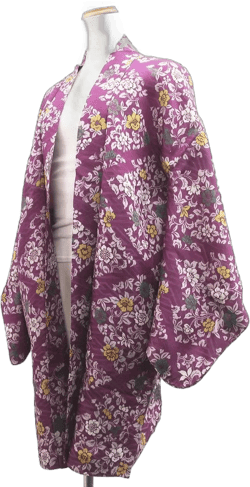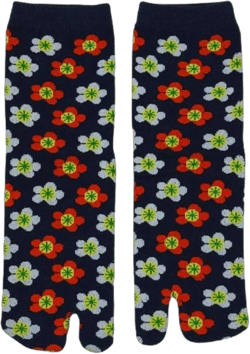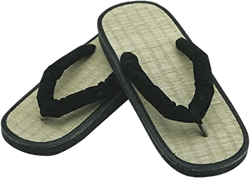When it comes to Japanese traditional outfits, the women's silk kimono stands as the quintessential piece that embodies the essence of Japanese culture and tradition. Silk kimonos, often adorned with ...
Sunny Thread
CreatorJapanese Traditional Outfits: Timeless Elegance for Modern Fashion
0
#Japanese traditional outfits#Scene Ready
Products

Aratta Venera Kingdom Kimono, Size One size, Golden
Unknown$180.00
(128)

CochOn Handmade Belts for Wedding Dress Pearls Decoration Women Bridal Female Formal Evening Party Gown Ribbon Sashes Sash
CochOn$24.98
(128)

Japanese Wooden Clogs,Geta Sandals,Japan Traditional Shoes Geta with Non Slip Base for Men Women
Lawnrden$16.99
(128)

Haori Jacket
Unknown$59.00
(128)

MIAO WU Women's Handmade Lycoris Flower Hairpin
Unknown$27.98
(128)

Minigooose Traditional Tabi Split Toe Socks
Unknown$14.99
(128)

Fendawn Strive Japanese Style Pajamas Classical Traditional Cotton Bathrobe Kimono Summer Autumn Casual Clothes for Men and Women
Fendawn Strive$38.99
(128)

ZORI Masterline Japanese Tatami Straw Sandal
Unknown$25.99
(128)

Uvplove Womens Classic Draped Kimono Cardigans Long Sleeve Open Front Casual Knit Cardigan Sweaters Coat Soft Outwear
UVPLove$16.79
(128)

